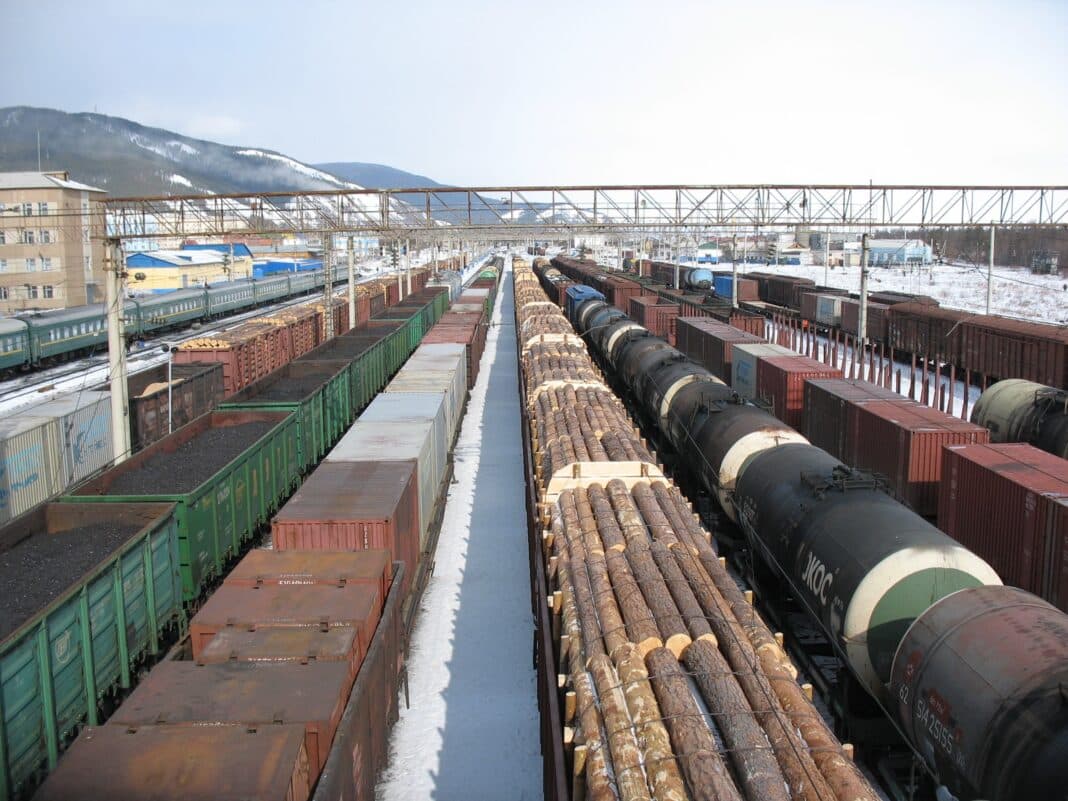Russia is now facing a growing gap between timber production and log supply, with production growing 5% in 2024, while commercial logging of Russian forests has nose-dived 26%.
That is according to Lesprom’s “Russian Lumber Industry Insights,” which reports that Russian sawmills are now bleeding thanks to a critical shortage in raw materials and are struggling to meet rising demand from major export markets.
It comes as Wood Central reported that Japan, one of the country’s most important markets for glulam, and the United States, one of its most important plywood markets, are under from the EU and ENGOs to enforce sanctions against Russian timber imports.

Earlier this week, German Customs officials confiscated more than €40 million of timber bound for the United States East Coast from Russia, with the EU enforcing one of the world’s most stringent trade sanctions on Russian timber.
Nonetheless, Russian (and Belarussian) timber continues to infiltrate the EU’s sanctions by entering Poland and Belgium through eight third-party countries—including China, Kazakhstan, Uzbekistan, Iran, Kyrgyzstan, the United Arab Emirates, Azerbaijan, and Tajikistan.
The problem for Russia is that Western Companies—which provided much of the foreign direct investment needed to modernise logging operations in the decades leading up to the 2022 war—have now exited the country on mass, creating large gaps in the Russian supply chain.

This has seen Russia and Belarus turn to China, South Korea, and the Middle East, deemed “friendly countries,” for a much-needed cash injection to improve equipment, boost logging, and increase timber production.
The “log squeeze” is not just a problem for Russia and Belarus. Wood Central reports that the global scramble for logs will intensify in the coming decade, with China (which now takes more than 85% of Russian timber), the largest forest economy impacted by the change.
“We expect that Chinese lumber exports will grow, offsetting the decline,” Mr Rudolf van Rensburg, the co-author of China – Forest, Log & Lumber Outlook,” said, adding that log exports will drop “amid a ban on log exports from Ukraine and Russia, bark beetle infestations in Europe, and an anticipated slowdown in NZ harvesting.”
Lesprom’s “Russian Lumber Industry Insights” monthly report, accessible through an annual subscription for 12 issues, offers in-depth analysis and data on the latest trends, pricing, export volumes, and production capabilities within Russia’s lumber industry.






